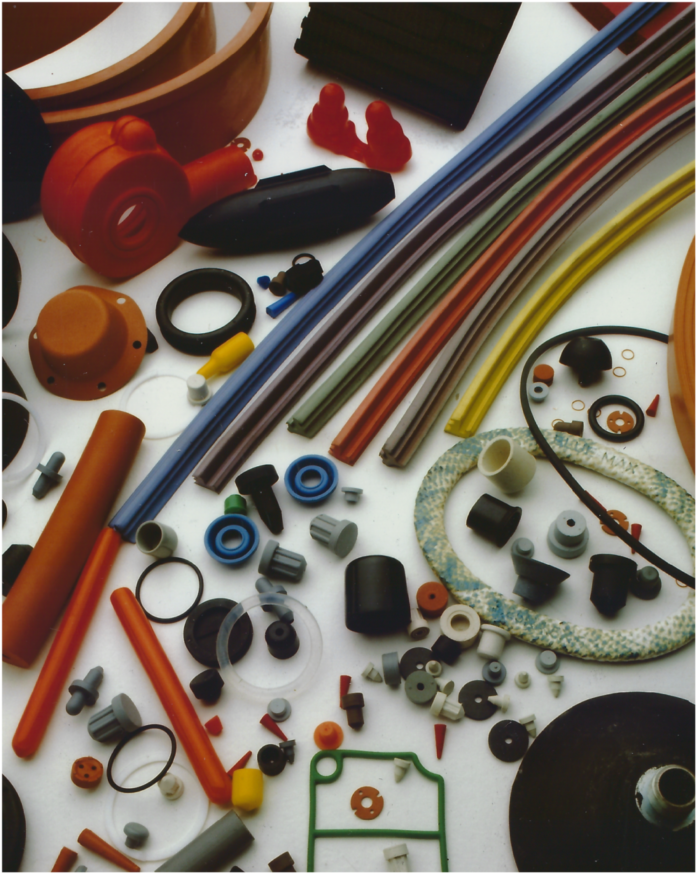Selecting the proper polymer material for your application is a critical aspect of the product design process. Ensuring that gaskets form a proper seal means that your product will perform properly in your customer’s application and not cost their business money through downtime and malfunctions.
Determining the operating temperatures of your applications allows you to select polymer material that will withstand both the normal operating temperature, along with the maximum temperature that your application requires. The ability to withstand heat or cold prevents damage to the material during the normal life of your equipment.
Similarly, cost is also an issue. Using a very expensive material when it is not necessary can mean trouble for the bottom line. On the other hand, using inexpensive material that can’t withstand the rigors of the application can mean more lost money in repairs than was saved by using cheaper material.
Silicone
Silicone is a commonly used material for a number of reasons. Properties of the material include:
- Resistance to temperature extremes, with an approximate range of -150°F to +500°F
- UV resistance
- Ozone resistance
- Resilience with regards to mechanical fatigue
- Excellent resistance to creep and compression-set
Although silicone is one of the materials that is higher in cost, it is offset by its temperature resistance and other properties that make it an excellent selection for various applications. With the somewhat higher cost, manufacturers can be assured that the material will last longer and be more resistant to temperature extremes and other factors which may be present in the application.
Styrene Butadiene Rubber (SBR)
SBR is the material with the lowest relative cost. For applications which do not require a material as robust as most others, SBR may be the choice for your application. Some of its properties include:
- Temperature resistance between -65°F and +180°F
- Excellent abrasion resistance
- Solid adhesion to rigid metals
- Excellent resistance to impact
While SBR rubber does offer low cost, its chemical resistance is poor. Engineers should take careful note of what chemicals are present in the intended application and decide if SBR is the right material for the job.
Fluorosilicone
Relatively, the most expensive material used in applications is fluorosilicone. While it does not provide the range of temperature resistance of other materials, it has excellent resistance to fuel and is commonly used in aerospace applications for fuel or lubricant systems. Some of its properties include:
- Temperature resistance from -85°F up to +350°F
- Resistance to fuel, oil and solvents
- Good compression set and resilience
- Suitable for exposure to air, ozone, sunlight, chlorinated and aromatic hydrocarbons
There are many other polymer materials available for use in various applications, and CGR Product can help you select the material that will best suit your needs. Visit our Materials page to see the full selection of available materials. We also offer guides with cost and temperature information on some of the most commonly used polymers.
Whatever your application needs, contact CGR today and let us show you how we can assist you.

